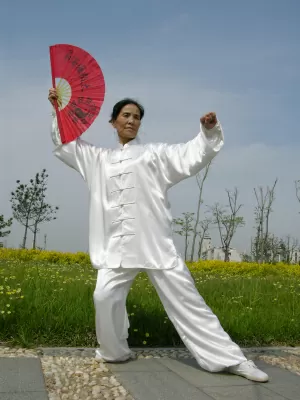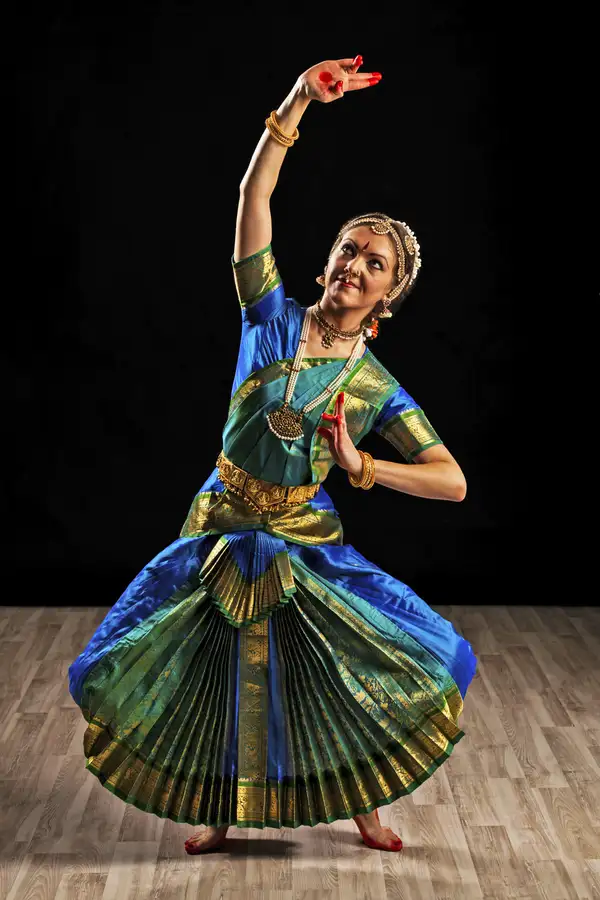Chinese Fan Dance
The traditional Chinese fan dance has been a part of China's heritage for over two thousand years. Considered to be an ancient form of folk dance, the fan dance serves various purposes and is highly regarded by the Chinese. The Chinese fan dance plays a few different roles in China. First, it is used to help pass down stories and traditions of Chinese culture. Both tourists and younger Chinese generations learn classic tales and lore of China's past through the fan dance. This is why you can often see fan dancers at festivals, theater performances, and other exhibition-style events where the performers are able to promote their rich roots in history.

Bharatanatyam
Bharatanatyam is a dance of Tamil Nadu in southern India. It traces its origins back to the Natyashastra, an ancient treatise on theater written by the mythic priest Bharata. Originally a temple dance for women, bharatanatyam often is used to express Hindu religious stories and devotions. It was not commonly seen on the public stage until the 20th century. The dance movements are characterized by bent legs, while feet keep rhythm. Hands may be used in a series of mudras, or symbolic hand gestures, to tell a story.

Apsara Dance
Unmatched in beauty and elegance, Cambodian Apsara dancers are recognized for their exquisite costumes and mesmerizing hand movements. Though this unique dance style was once reserved only for the royal family and their honoured guests to admire, in recent decades it has become so world-renowned and symbolic of Khmer culture that the Royal Ballet of Cambodia was designated by UNESCO as ‘Intangible Cultural Heritage’ in 2003.Meaning ‘water nymph’ or ‘celestial spirit’, the Apsara is deeply rooted in ancient Indian mythology. Legend has it that these beautiful, divine beings would descend from the heavens to entertain gods and kings with their captivating dance and charm. Apsaras are predominant in South and Southeast Asian history, as can be evidenced from ancient Hindu and Buddhist texts and artworks (particularly Angkor Wat).